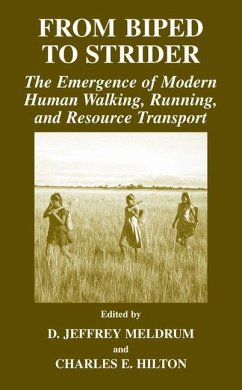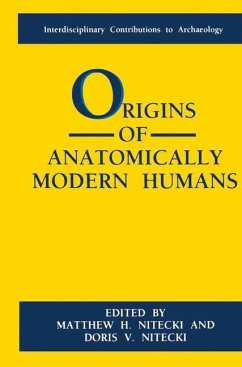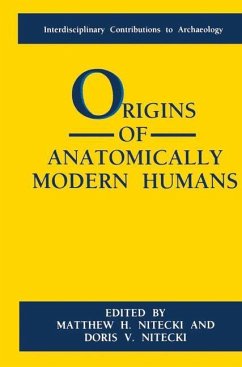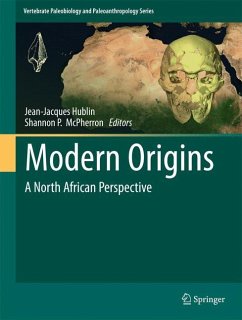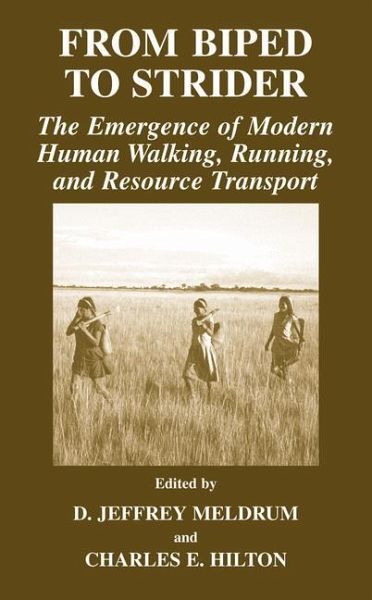
From Biped to Strider
The Emergence of Modern Human Walking, Running, and Resource Transport
Herausgegeben von Meldrum, D. Jeffrey; Hilton, Charles E.
Versandkostenfrei!
Versandfertig in 1-2 Wochen
77,99 €
inkl. MwSt.
Weitere Ausgaben:

PAYBACK Punkte
39 °P sammeln!
The study of human bipedalism has been overshadowed by many polarized debates. One dispute concerns whether or not australopithecines were wholly terrestrial or retained a degree of arboreality. Another deliberation focuses on the bipedalism of australopithecines compared to modern humans: was it similar, intermediate in nature, or unique? Because of the preoccupation with discussions such as these, the significant fact that modern human walking is more than locomotion on two legs has been underemphasized. This volume focuses on the pattern and process of the transition to the modern form of human locomotion, with its adaptations for a striding stiff-legged gait, efficiency of running, and economy of resource transport. This emerging group of contributors spanning the fields of anthropology, biology and anatomy debate issues such as: -When and in what sequence did these morphological traits appear? -What were the changes in the bio-behavioral complex of hominin locomotor evolution? -What were the implications for the enhancement and expansion of hominin mobility?
The inspiration for this volume of contributed papers stemmed from conversations between the editors in front of Chuck Hilton's poster on the determinants of hominid walking speed, presented at thel998 meetings of the American Association of Physical Anthropologists (AAPA). Earlier at those meetings, Jeff Meldrum (with Roshna Wunderlich) had presented an alternate interpretation of the Laetoli footprints based on evidence of midfoot flexibility. As the discussion ensued we found convergence on a number of ideas about the nature of the evolution of modem human walking. From the continuation of that dialogue grew the proposal for a symposium which we called From Biped to Strider: the Emergence of Modem Human Walking. The symposium was held as a session of the 69th annual meeting of the AAPA, held in San Antonio, Texas in 2000. It seemed to us that the study of human bipedalism had become overshadowed by theoften polarized debates over whether australo pithecines were wholly terrestrial in habit, or retained a significant degree of arboreality.





